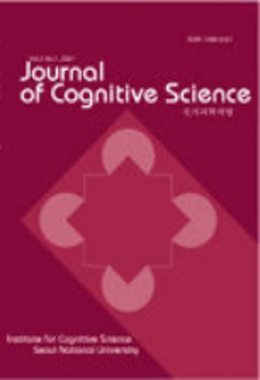In engineered communications systems such as the internet, the use of symbols depends on coordinating a rhythm of transmission with a rhythm of reception. This nexus between symbols and their rhythms remains little explored in biology. By examining rhythms of symbols, we offer a novel path for studying living organisms.
Recognizing that investigations in physics depend on the use of symbols reveals a structure common to investigative behavior, not just by physicists, but at all levels of life from people to bacteria. This structure involves agents employing rhythms of symbols in their actions. In contrast to the use of the term ‘agent’ as programmed in artificial intelligence, we provide for agents that behave unpredictably. We hypothesize that rhythms of symbols are used to construct orienting mechanisms analogous to what physics calls space and time. Agents as here defined come with local clocks that they use and adjust to maintain shared rhythms.
By recognizing mutually adjusted local clocks as necessary to the communication of symbols, investigators of neural activity in biological organisms have the opportunity to avoid the laboratory “master clock,” or global time, in thinking about neural activity. Instead they are free to examine how local clocks are involved in the unpredictable formation and dissolution of rhythms of symbols across the cell assemblies involved in animal navigation. The recognition of local clocking of biological symbols opens to view phenomena not otherwise visible.


